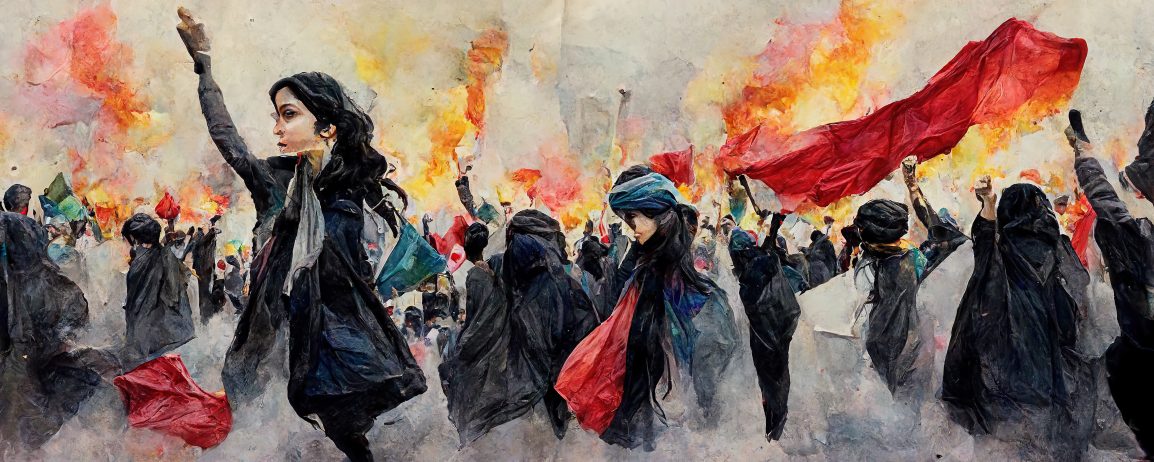You’ve probably seen videos of protests in Iran — women cutting their hair or burning their hijabs. But why exactly are they doing this?
Throughout the world women are protesting Iran’s strict laws regarding women. The protests were sparked because of the death of 22 year old Mahsa Amini.
On September 16, Amini died after being arrested by Iran’s morality police for not properly wearing her hijab. She was told she would be taken to a detention center for lessons about modesty. However, she was transported to a hospital where she later died.
Eyewitnesses who were detained with Amini said she was severely beaten. Authorities denied mistreating Amini and claimed she died from sudden heart failure, but her family has rejected these claims. The next day, thousands of protestors marched in the streets of Iran.
They demanded for less restrictions on women and went against the mandatory hijab law. The protests spread through the world, where people are protesting in cities like Berlin, Paris, London, and Madrid.
At least 76 protesters have been killed by Iranian security forces during protests with hundreds more being injured.
Read more about the current protests here.
What does hair symbolize?
In Islam, hair is a symbol of beauty that is supposed to be hidden. Iranian women are choosing to cut their hair to defy the Iranian standard. 36-year-old Faezeh Afshan tells CNN, “In our literature, cutting the hair is a symbol of mourning, and sometimes a symbol of protesting. If we can cut our hair to show that we are angry… we will do it.”
Hair cutting also has a historical significance in culture and stories. If a woman lost a family member, she would cut her hair to signify mourning and anger. In ancient texts, there were mentions that cutting one’s hair would express anguish and despair.
History of women’s rights in Iran
Under the rule of Mohammad Reza Pahlavi (1941-1979), women had access to more freedoms. They were able to vote, be in office, go to school, and dress how they wanted to. In 1967, Iran passed the Family Protection Law, which was later edited in 1975. The law granted women access to divorce, expanded the minimum age for marriage, and clarified inheritance rights.
During the 1979 Islamic Revolution, many women participated in the rebellion to overthrow the current government. Ayatollah Ruhollah Khomeini, leader of the revolution, believed women couldn’t be equal in his interpretation of Islam. He implemented a mandatory hijab law, didn’t allow them to attend school, or hold positions of power.
In the 80’s women suffered from harsh repression. The government punished those who didn’t follow the laws implemented. Women were fired from their jobs and weren’t allowed to go to certain schools. The government also repealed the Family Protection Law. Later on, the morality police was established to arrest those who violate the Islamic dress code.
Since their inception, the morality police have been known to target women to enact brutality upon.
Resistance against current restrictions
In the 90’s, women started a “pink revolution” where they resisted the Islamic dress code. In the last decade, protests in Iran centered around women’s resistance has grown.
Women have filmed themselves removing their headscarves in public, and being harassed by the morality police. Social media has been used to reveal the situation in Iran.
Iran’s current president Ebrahim Raisi has cracked down on current resistance movements since taking office in 2021. However, a large number of citizens, men and women, have stood together through protests.
Around the world, people have supported the movement to demand equal rights for Iranians.
Sources:
https://www.cnn.com/2022/09/28/middleeast/iran-hair-cutting-mime-intl
https://www.bbc.com/news/world-middle-east-63047363
https://www.today.com/news/news/iranian-women-are-cutting-hair-burning-headscarves-protest-rcna49120

